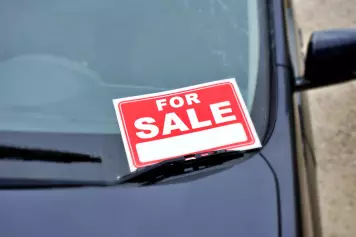Many people think that speeding is no big deal, but there is a reason why roads have posted speed limits that all drivers are expected to adhere to. A speed limit promotes safety, efficiency, and order throughout our communities. Yet, it is not uncommon for drivers to ignore posted speed limits.
Whether they’re in a hurry, enjoy the thrill of driving fast, or simply don’t understand the dangers of speeding, drivers are constantly putting their lives and the lives of those around them in danger when they don’t adhere to posted speed limits.
The risks associated with driving at high speeds aren’t just theoretical; there are hard statistics to back them up. According to the most recent data from the World Health Organization (WHO):
- 1.19 million people worldwide are killed each year in road accidents.
- Road accidents are a leading cause of death among people aged 5–29.
- Pedestrians, cyclists, motorcyclists, and other vulnerable road users make up more than 50% of those killed in road accidents.
Although there are limited global statistics that directly attribute road fatalities to speeding, studies indicate a significant correlation between driving at high speeds and increased crash frequency and severity.
Is Speeding Illegal?
Speeding is universally prohibited under traffic laws. That means that, no matter where you go, driving over the posted speed limit, which varies widely based on the country, region, or road type, is illegal.
Speed limits are part of local traffic laws and reflect the nature of the area's infrastructure and priorities. For example, highways tend to have higher speed limits (100–130 km/h) than residential streets (30–50 km/h), with some countries allowing unlimited speeds on select roads, such as Germany’s Autobahn.
Just as speed limits vary by country and region, so do the consequences of speeding, which often include one or more of the following penalties:
- Monetary fines
- Points on the offender’s driving license
- Mandatory participation in driving courses
- Imprisonment (in the most severe cases)
How Does Police Radar Know Which Car is Speeding
A police radar unit transmits radio waves at a fixed frequency. It analyzes those frequencies after they bounce off passing cars to determine which car is traveling the fastest or the collective speed of a group of vehicles. That change in frequency is known as the Doppler effect.
The radar gun’s precision in analyzing the Doppler effect allows law enforcement to detect the most prominent or fastest-moving vehicle in its range, typically focusing on the car that stands out due to its speed or size. Some of the more modern radar units law enforcement uses rely on Light Detection and Ranging (LiDAR) technology. LIDAR technology uses laser pulses instead of radio waves for more precision targeting of individuals driving at high speeds.
10 Reasons Why Speeding Is Dangerous
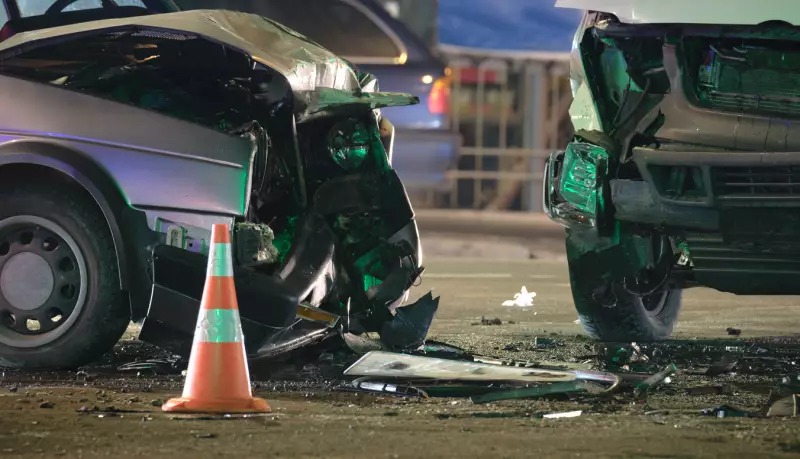
While there are countless reasons why speeding is dangerous, we’ve narrowed our list down to ten, highlighting the serious dangers of speeding.
Increased Risk of Accidents
The very nature of driving at high speeds increases the risk of accidents. Speeding diminishes the time you have to react to sudden changes in road conditions, whether it's an unexpected obstacle or a traffic jam. This heightened risk has made speeding a leading cause of road accidents worldwide.
Greater Severity of Injuries
It is a simple fact that higher speeds result in more severe injuries and a greater likelihood of fatalities in the event of a crash. The dangers of speeding are evident in the permanent disability and loss of life suffered by drivers, passengers, and others on the road worldwide each year as a result of people driving at high speeds.
Longer Stopping Distances
A vehicle driving at high speeds requires more distance to come to a complete stop, making it difficult for the driver to avoid a collision, especially in an emergency or poor road conditions.
Reduced Vehicle Control
Speeding compromises a driver’s ability to steer safely around curves, navigate turns, or handle slippery roads, particularly during adverse weather conditions. Loss of control often results in serious accidents.
Threat to Pedestrians and Cyclists
Drivers must always remember that they share the road with vulnerable people, such as pedestrians and cyclists, particularly in urban or residential areas. These individuals face a significantly higher risk of injury or death when hit by a speeding vehicle.
Increased Likelihood of Rollovers
Speeding, particularly among drivers of larger vehicles like SUVs, increases the risk of rollovers, especially during sudden maneuvers or when navigating sharp turns.
Legal and Financial Consequences
Speeding is a crime, universally, and those convicted of speeding often face legal and financial consequences. Speeding can lead to monetary fines, points on your driver’s license, and higher insurance premiums. Drivers may face lawsuits, license suspensions, or jail time following a severe speeding accident.
Environmental Impact
Driving at high speeds burns more fuel, contributing to greater carbon emissions and environmental harm. Excessive speeding also accelerates vehicle wear and tear, leading to waste as a result of frequent maintenance.
Disruption of Traffic Flow
Most people who speed are surprised to find that speeding disrupts the natural flow of traffic, thanks to erratic lane changing, sudden braking, and tailgating that comes from speeding. This behavior also increases the likelihood of multiple accidents occurring on busy roads, further disrupting flow.
Emotional and Psychological Damage
Those who are touched by a speeding accident, whether they are victims or perpetrators, often suffer from emotional trauma, guilt, or grief over the loss of loved ones. Families and communities also bear the psychological burden of these preventable tragedies.
The Consequences of Speeding: A Dangerous Choice
Speeding does more than just violate traffic rules; it is a driver's choice to speed, often resulting in severe and far-reaching consequences. Does speeding cause accidents? The overwhelming evidence says yes. Not only does driving at high speeds increase the risk of accidents, but it also leads to more severe injuries and often results in fatalities.
Beyond the physical harm, speeding disrupts traffic flow, impacts the environment, and causes emotional trauma for victims and their families. Adhering to speed limits is not just about avoiding penalties; it’s about valuing your life and the lives of others.
Remember that safe driving saves lives, and every decision behind the wheel matters.







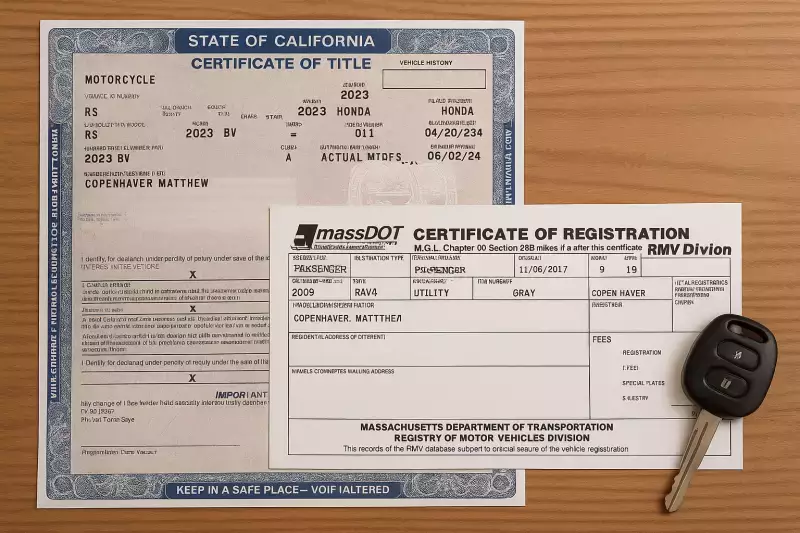
![Best Sites to Check a Car’s History [2025 Review]](https://media.infopay.net/thumbnails/K8lMeG2QLjE46LPqZlmoi6SunKKdT5qvlaRZk6e1.webp)
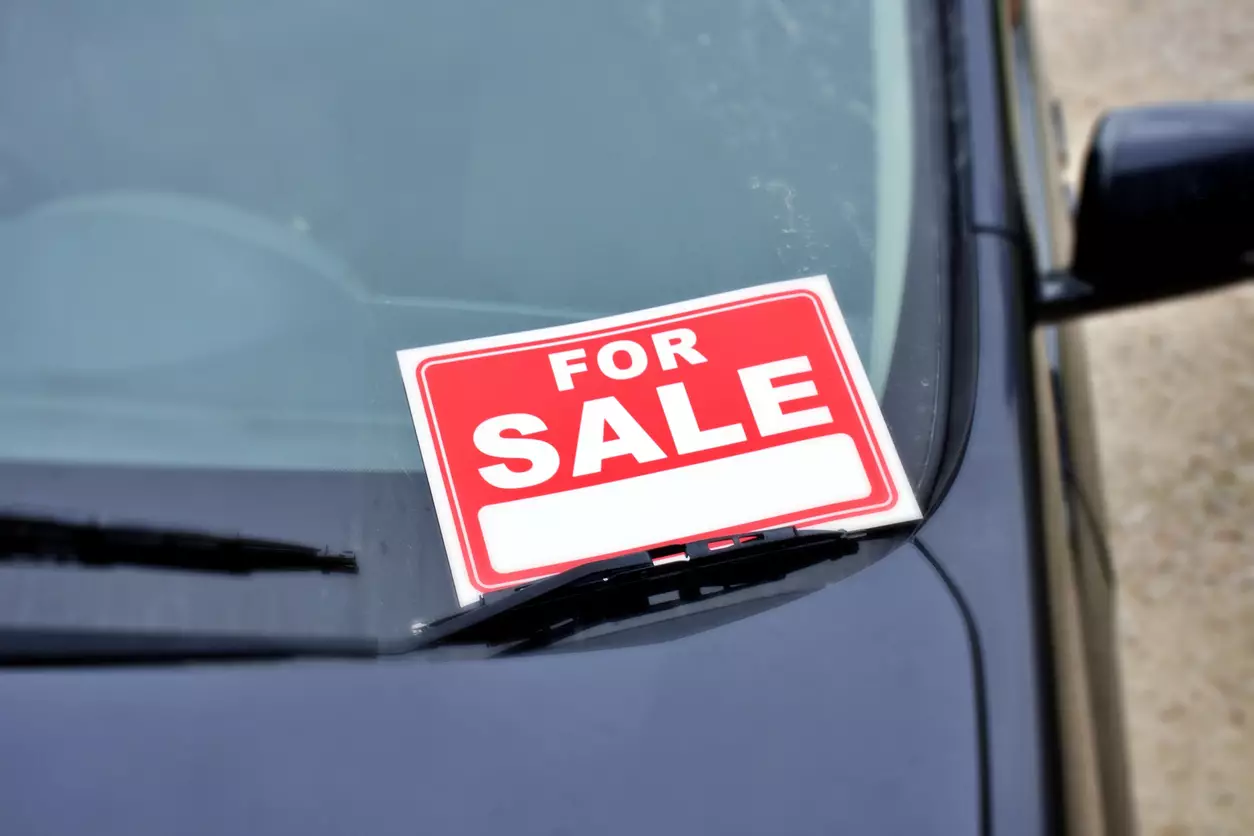








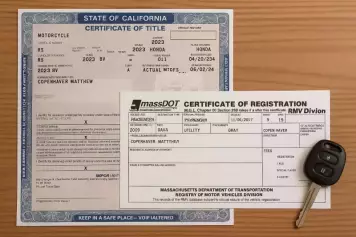
![Best Sites to Check a Car’s History [2025 Review]](https://media.infopay.net/thumbnails/K8lMeG2QLjE46LPqZlmoi6SunKKdT5qvlaRZk6e1-w356.webp)
